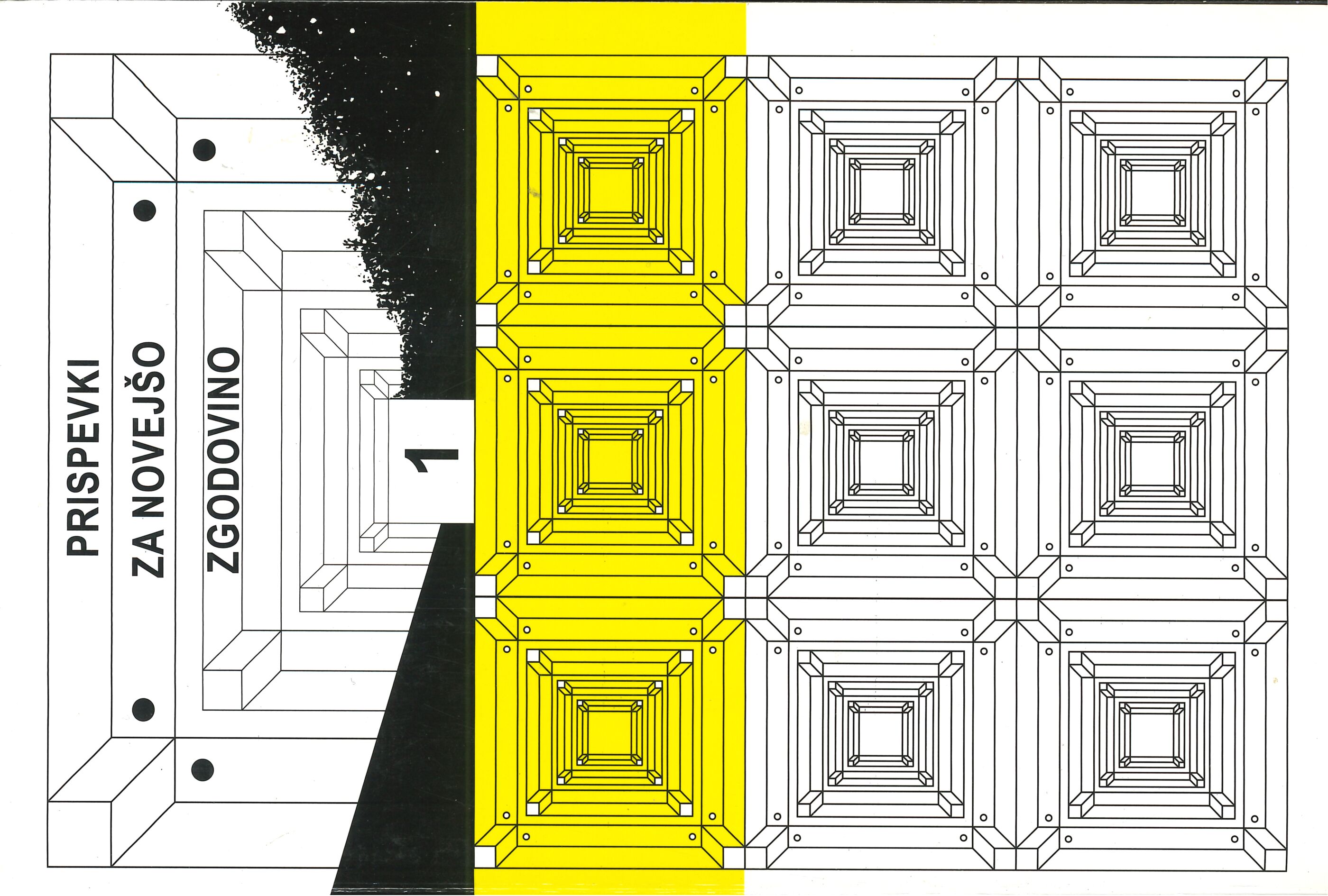Volitve v ljubljansko in mariborsko oblastno skupščino leta 1927 in njihove posebnosti glede na parlamentarne volitve v Sloveniji
Ključne besede:
Slovenia, politics elections, self-government, Administrative Unit Assembly, National Assembly, Ljubljana Administrative Unit, Maribor Administrative UnitPovzetek
PARTICULARITIES IN VIEW OF SLOVENIAN PARLIAMENTARY ELECTIONS
With regard to the appointed authorities of the largest administrative units, the St. Vitus’ Day Constitution provided for the elections to the Administrative Unit Assemblies as the highest self-government bodies in these units. Despite the fact that the centralist political forces had limited competences, they managed to prevent the elections and the commencement of the operations of Administrative Unit Assemblies until 1927. The electoral law relevant for the Administrative Unit Assemblies was similar as in case of the National Assembly. However, the differences with regard to electoral districts and number of Assembly Members were significant. 106 Assembly Members were elected for the Ljubljana and Maribor Administrative Unit Assemblies in 30 Slovenians electoral districts and cities; while 26 Members of the National Assembly from Slovenia were elected in three electoral units. Slovenian People’s Party achieved an absolute victory in both Administrative Unit Assemblies. However, independently or through electoral blocs seven other political parties received mandates in these Assemblies, which contributed to the improved picture of the contemporary political life in the individual regions of Slovenia. The Administrative Unit Assembly elections indicated the changing power of certain parties since the parliamentary elections of 1925 and foresaw the results of the National Assembly election results in September 1927 in Slovenia.
Prenosi
Objavljeno
Številka
Rubrika
Licenca
Avtorji prispevkov, objavljenih v tej reviji, soglašajo z naslednjimi pogoji glede avtorskih pravic:
- Avtorji ohranijo avtorske pravice, reviji pa odobrijo pravico do prve objave. Delo se hkrati zaščiti z licenco za prosto uporabo avtorskih del (Creative Commons Attribution License), ki drugim osebam omogoča deljenje dela ob priznanju avtorstva in prve objave v tej reviji.
- Avtorji lahko sklenejo ločene dodatne pogodbene dogovore za neizključno distribucijo različice dela, objavljene v reviji, (npr. oddaja v institucionalni repozitorij ali objava v knjigi) z navedbo, da je bilo delo prvič objavljeno v tej reviji.
- Pred postopkom pošiljanja in med njim lahko avtorji delo objavijo v spletu (npr. v institucionalnih repozitorijih ali na svoji spletnih strani), k čemer jih tudi spodbujamo, saj lahko to prispeva k plodnim izmenjavam ter hitrejšemu in obsežnejšemu navajanju objavljenega dela (glej The Effect of Open Access).


